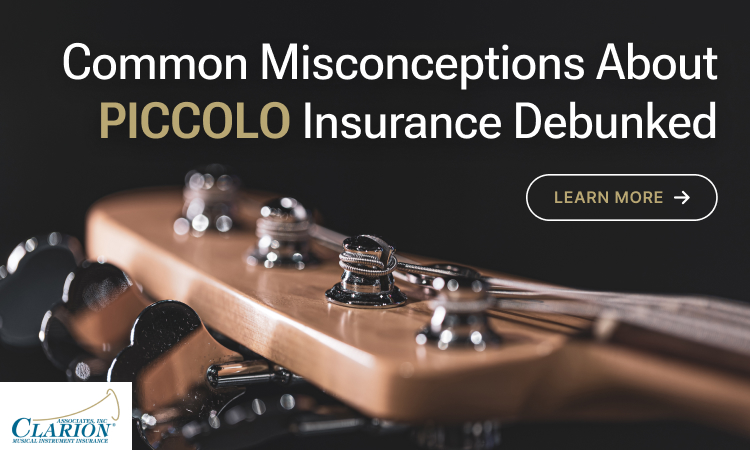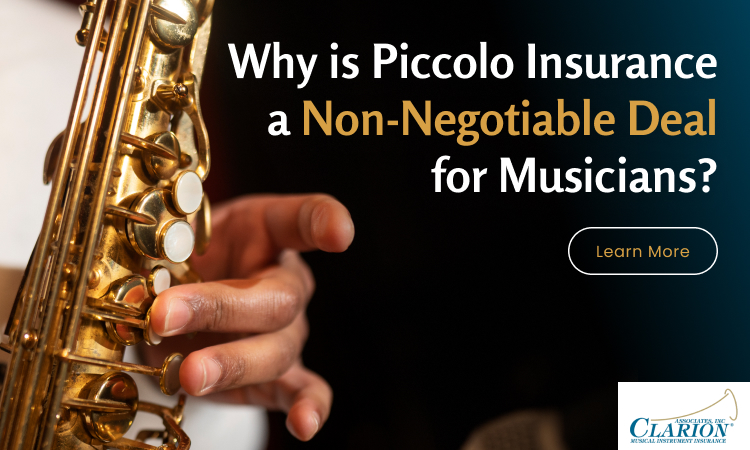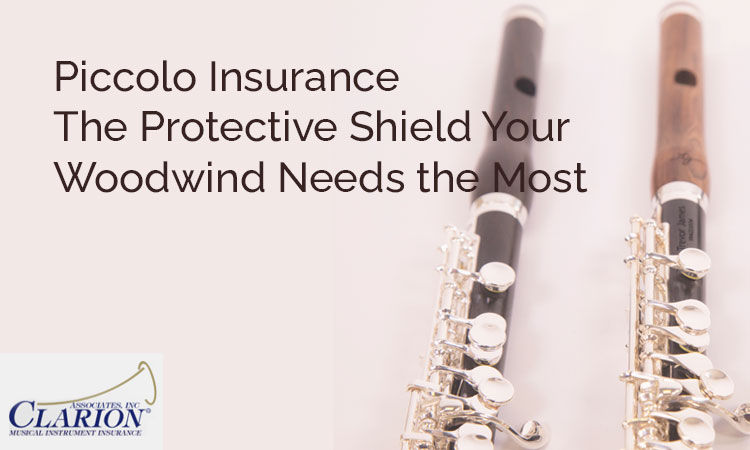The piccolo, often outranked by its larger sibling of the woodwinds heir- the flute, packs a surprising punch. Did you know the meaning of the word in Italian? It’s small. Irrespective of its size, this high-pitched tool injects a spark of brilliance and mischief into orchestral works. Yes! You read it right. However, beyond its sharp notes, there is a globe of charming facts and hidden talents waiting to be discovered. So, let’s delve into the surprising world of this tiny woodwind!
The Highest in the Land (and Orchestra): Forget about the violins – the Piccolo rules highest in the orchestra’s realm of high notes. Yes. It’s pitched an entire octave higher than a concert flute. What does that mean? It means Piccolo plays notes twice as high. This sky-high range allows it to imitate birdsong with surprising accuracy. It lets add a touch of nature’s theme to compositions.
A Mighty Mite with Military Roots: Despite its delicate appearance, don’t be misled. The woodwind boasts a surprisingly tough history. Its origins trace back to 17th-century military bands. In that era, it was used to boost the piercing melodies of the flute. This, in turn, allowed commands and signals to be heard over the din of battle. However, owing to its delicate body, you need to protect it from the blows of uncertainty. And how can you do that? The answer is pretty simple – by buying a comprehensive Piccolo insurance plan.
More Than Just Birdsong: While it excels at mimicking feathered buddies, its talents extend far beyond. From the playful twinkle in Tchaikovsky’s “Dance of the Sugar Plum Fairy” to the urgent calls in Beethoven’s “Egmont” prelude, the woodwind adds a layer of drama, excitement, and even humor to countless compositions.

A Tiny Titan of Technology: The piccolo may be small, but it’s an engineering marvel. Its high notes are a product of its short length, which creates smaller vibrating air columns. Over time, the design has been refined while incorporating keys similar to the flute to improve its playability and add a wider range.
Material Matters: Today, these woodwinds are most commonly made from grenadilla wood. The latter is a dense and durable African hardwood. However, plastic and even silver piccolos also exist! The material choice affects the instrument’s tone and weight. The wooden piccolos offer a warmer sound and plastic piccolos are lighter and more budget-friendly.
Double the Trouble? (Not Quite): Although the piccolo and the fife look like twins, they have distinct characters. Fifes are often associated with marching bands. They have a simpler design with fewer keys and a louder, sharper sound. The piccolo, on the other hand, offers more versatility and a wider range of tonal possibilities.
A Friend to Famous Composers: From the iconic opening of Mozart’s “Magic Flute” to the thrilling chase scene in Rossini’s “William Tell” Overture, the piccolo has been a favorite of many renowned composers. These masters recognized the instrument’s ability to add a touch of magic, whimsy, and even a sense of danger to their works. So, if you have one, you should get a dedicated Piccolo insurance policy to ensure it’s protected.
Beyond the Orchestra: The piccolo is not restricted to the concert hall. It has found a surprising abode in popular music, adding a bright, unexpected element to recordings by artists like Jethro Tull, Stevie Wonder, and even Queen’s iconic “Bohemian Rhapsody.”
Bonus Fact: The powerful woodwind has a mischievous side! In some cultures, folklore depicts the piccolo as having the power to summon fairies and other magical creatures. So, the next time you hear its piercing notes, who knows what whimsical being it might attract?
Now that you know the fascinating aspects of this amazing woodwind equipment, make sure to purchase a standalone musical instrument plan to take a sigh of relief from the financial burdens that may bother you should something wrong happen to your device.








